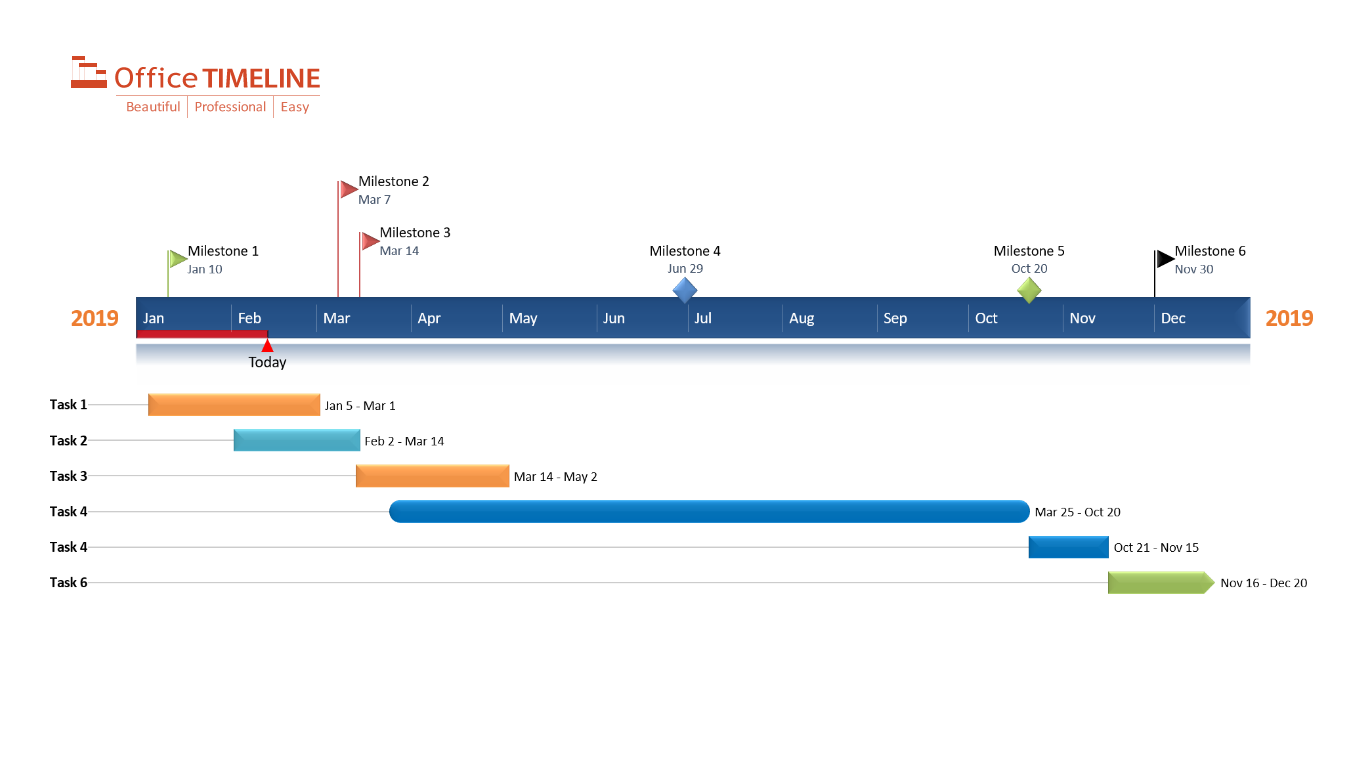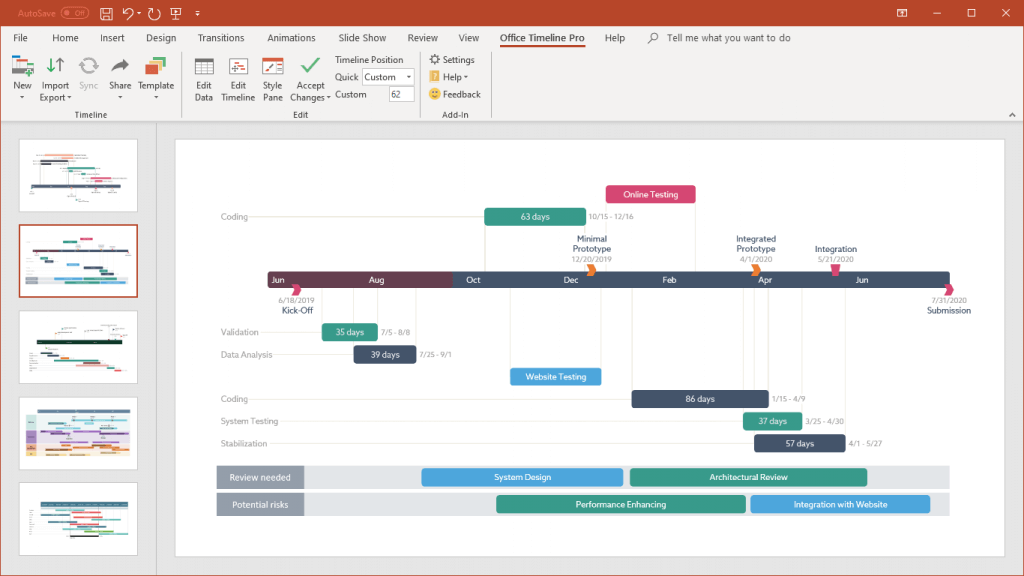
The phenomenon of putting off any type of task that needs to be completed by a certain deadline is called procrastination. A commonly cited “culprit” causing this type of behavior is laziness, leading to the judgmental opinion that procrastinators are somehow morally faulty, disorganized, weak-willed or unmotivated.
However, more and more studies come to refute this misconception, claiming that procrastination is neither shameful, nor a character flaw, but a result of various situational constraints. To bolster this statement, many specialists have pointed out that procrastination is especially manifested when the task in question is meaningful to its undertaker (who cares about performing it well).
Social psychologist and professor at Loyola University Chicago’s School of Continuing & Professional Studies Devon Price is one of the supporters of the idea that procrastination is not a consequence of laziness, but a functioning problem stemming from two major causes:
- Anxiety about the final outcome not being good enough (perfectionism);
- Confusion and doubts about how to initiate the task (executive functioning challenge).
In other words, procrastination has nothing to do with moral conduct or motivation, but mostly with fear of failure or the uncertainty about how to begin a complex undertaking. Procrastinators would often will themselves to work for hours, but end up paralyzed in front of a blank Word document, piling on the guilt and worsening their level of stress.
The key solution to such instances, Devon Price suggests, is to identify which of the two above is the source of obstruction and:
- If anxiety is the impediment, you need to walk away from the task and engage in a relaxing activity. This should act like a restart button.
- If you don’t know how to begin the task, you should divide the main activity into a series of specific subtasks and organize them on a timeline to better track progress. It creates a psychological shift in the way you perceive the challenge at hand (an overall massive project vs. smaller, separate activities that you can tackle one by one).
Applying this strategy becomes even easier when using external structuring tools, such as the intuitive PowerPoint add-in called Office Timeline, which helps you turn your to-do list, schedule or activity plan into a beautiful and clear timeline. You can kick-start the process with our slide here (which is free to copy and share), and can add more milestones and tasks to the graphic using the Plus version of the tool.
Download the Project Management Template for PowerPoint or choose any other free templates from our gallery.
Applying this strategy becomes even easier when using external structuring tools, such as the intuitive PowerPoint add-in called Office Timeline, which helps you turn your to-do list, schedule or activity plan into a beautiful and clear timeline. You can kick-start the process with our slide here (which is free to copy and share), and can add more milestones and tasks to the graphic using the Plus version of the tool.
Download the Project Management Template for PowerPoint or choose any other free templates from our gallery.

Turn project data into professional timelines
Get the advanced features of Office Timeline Pro+ free for 14 days.
Get free trial